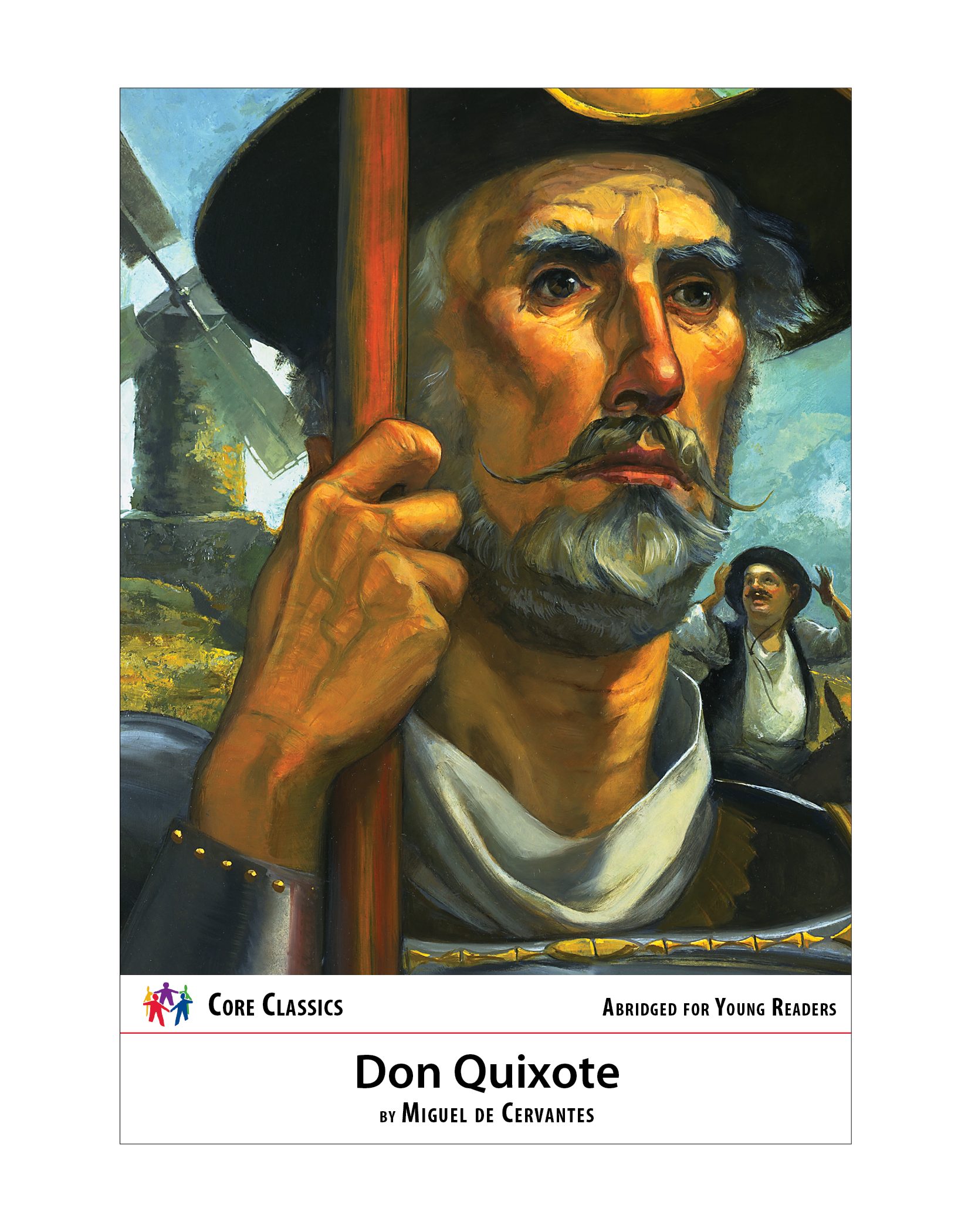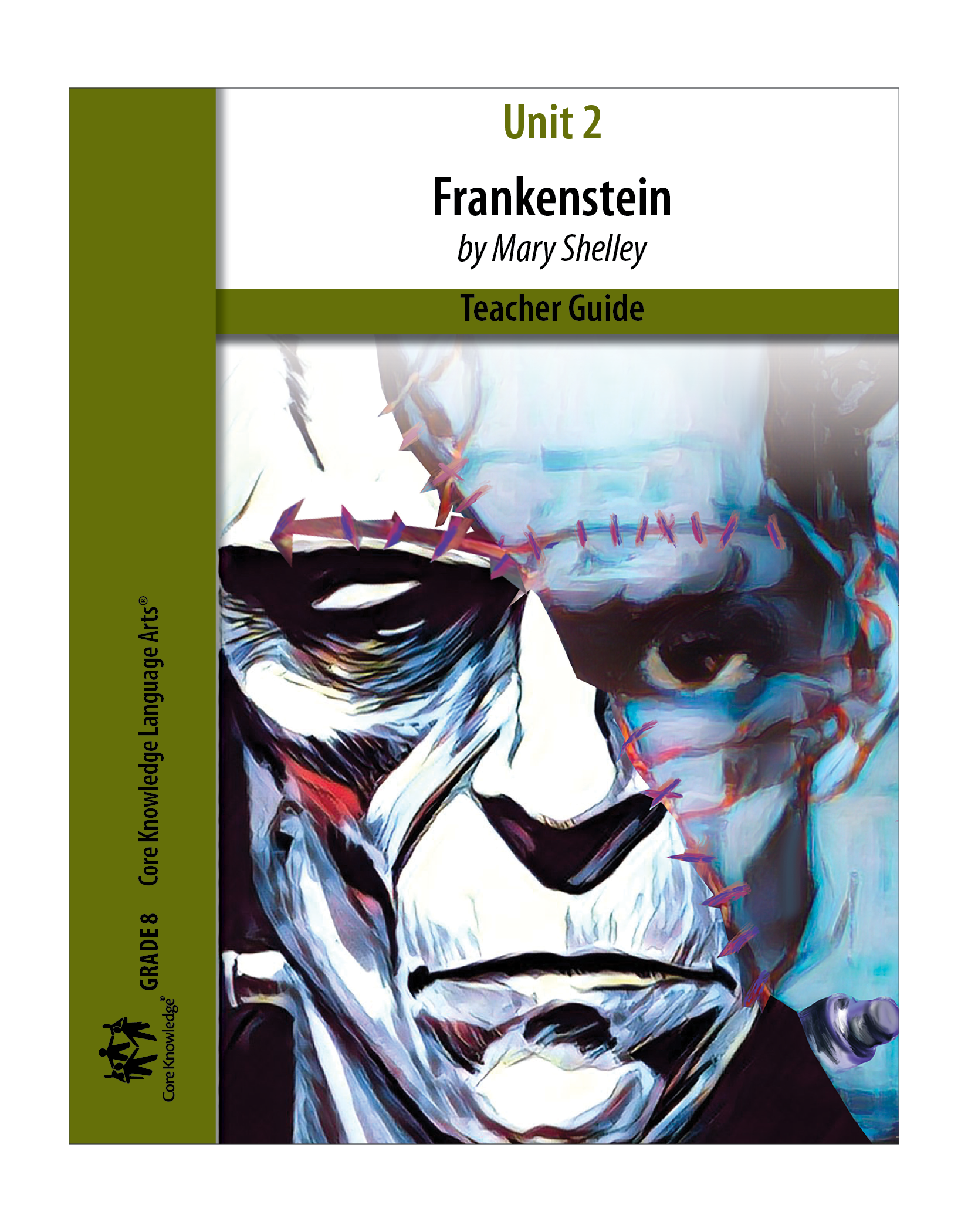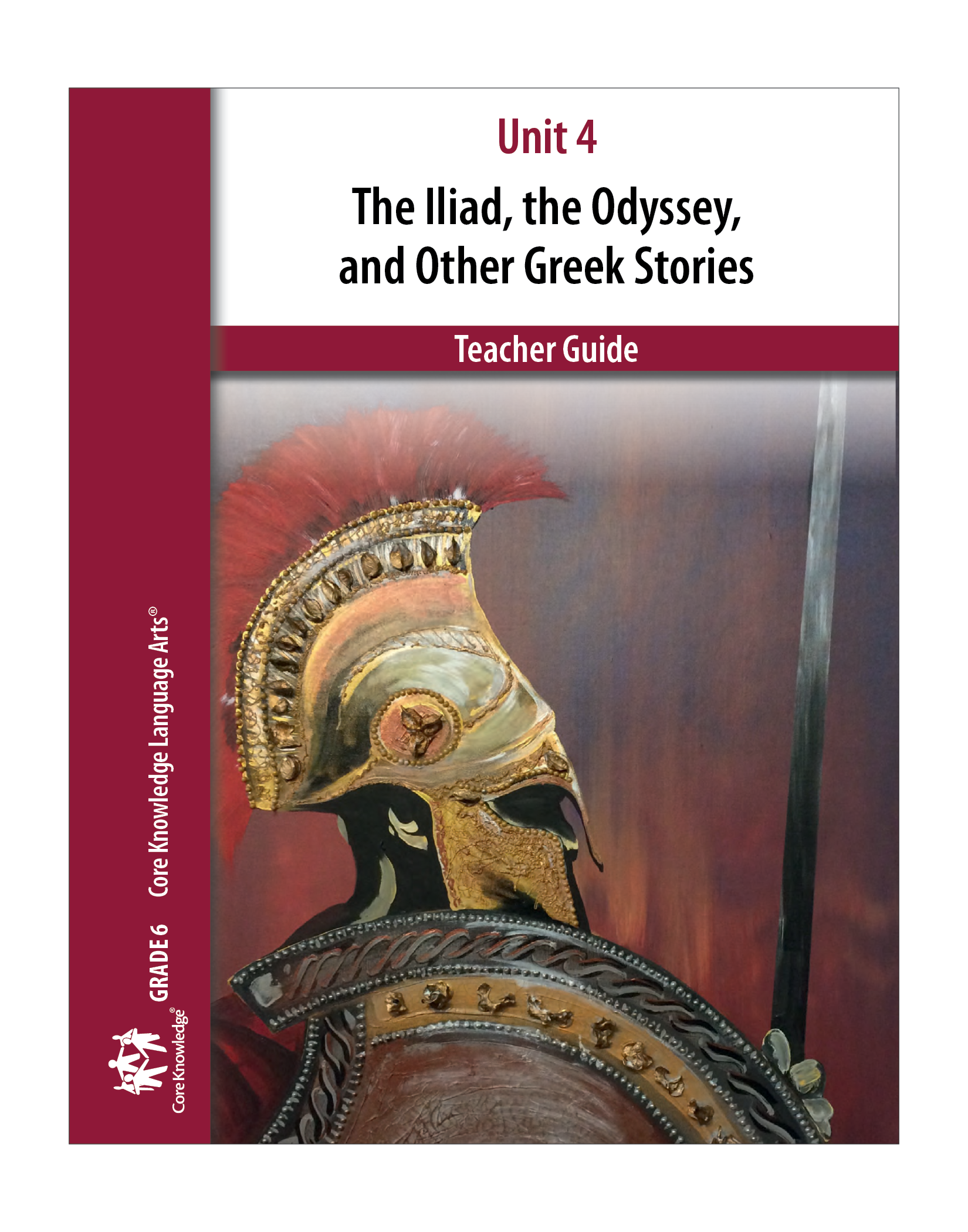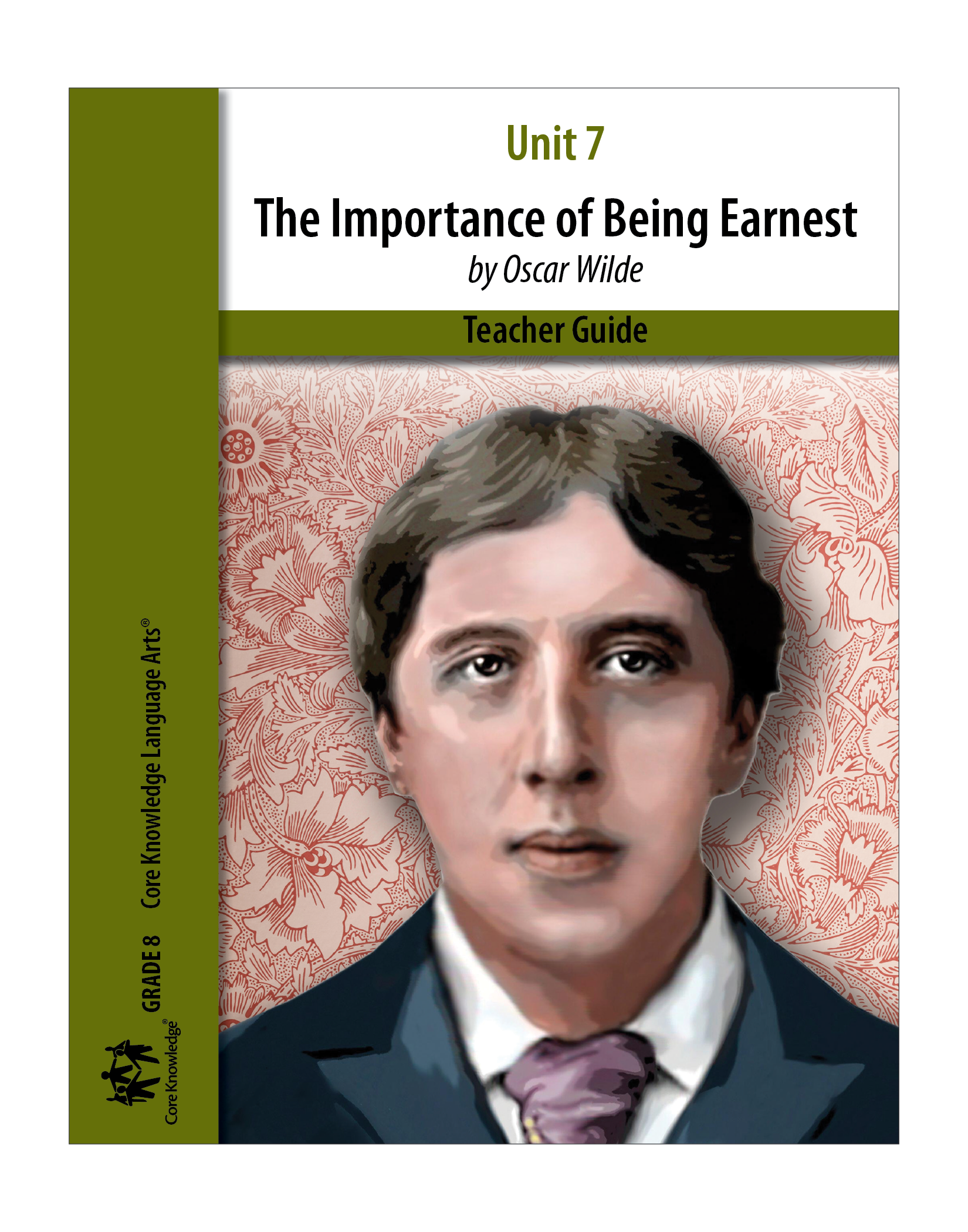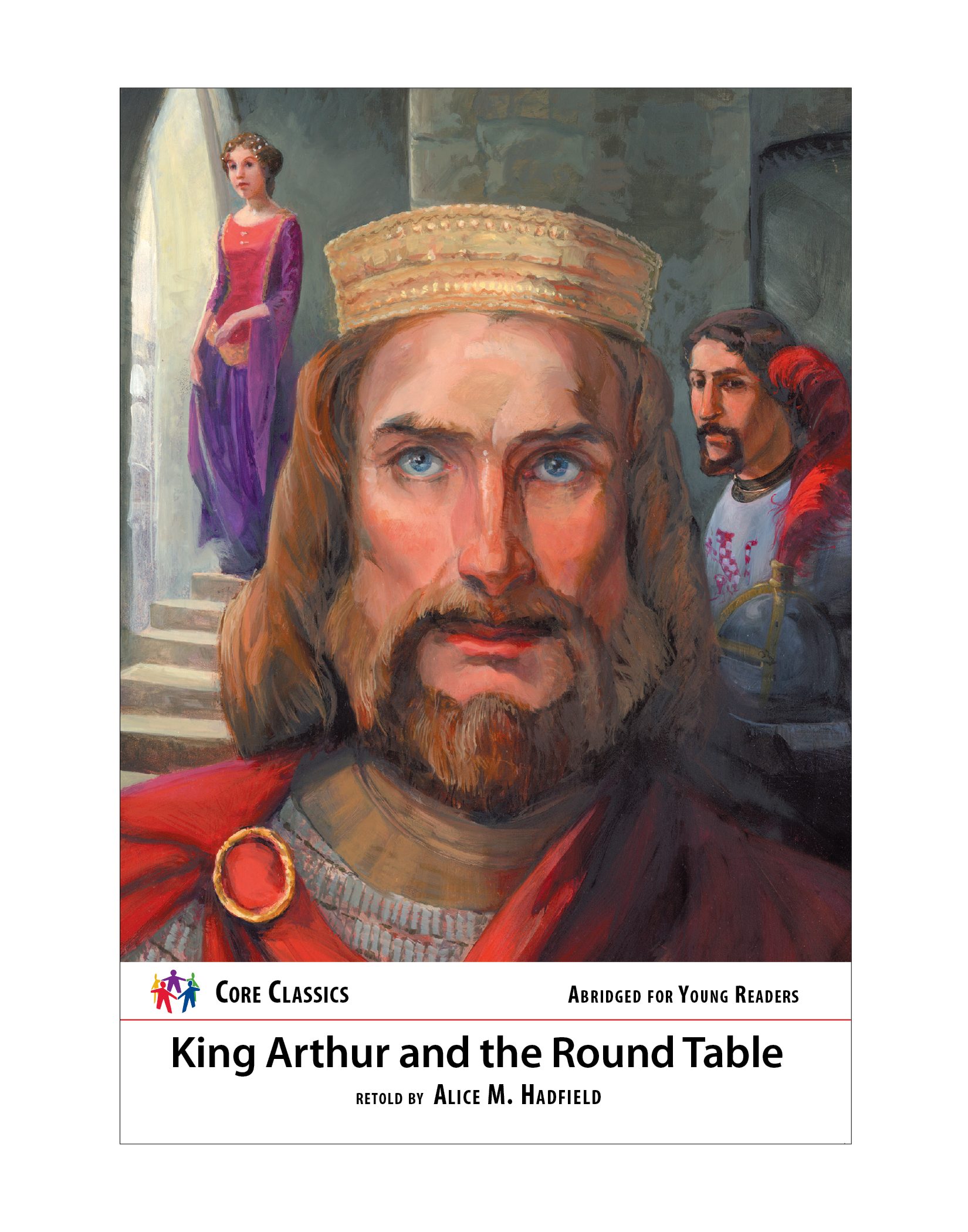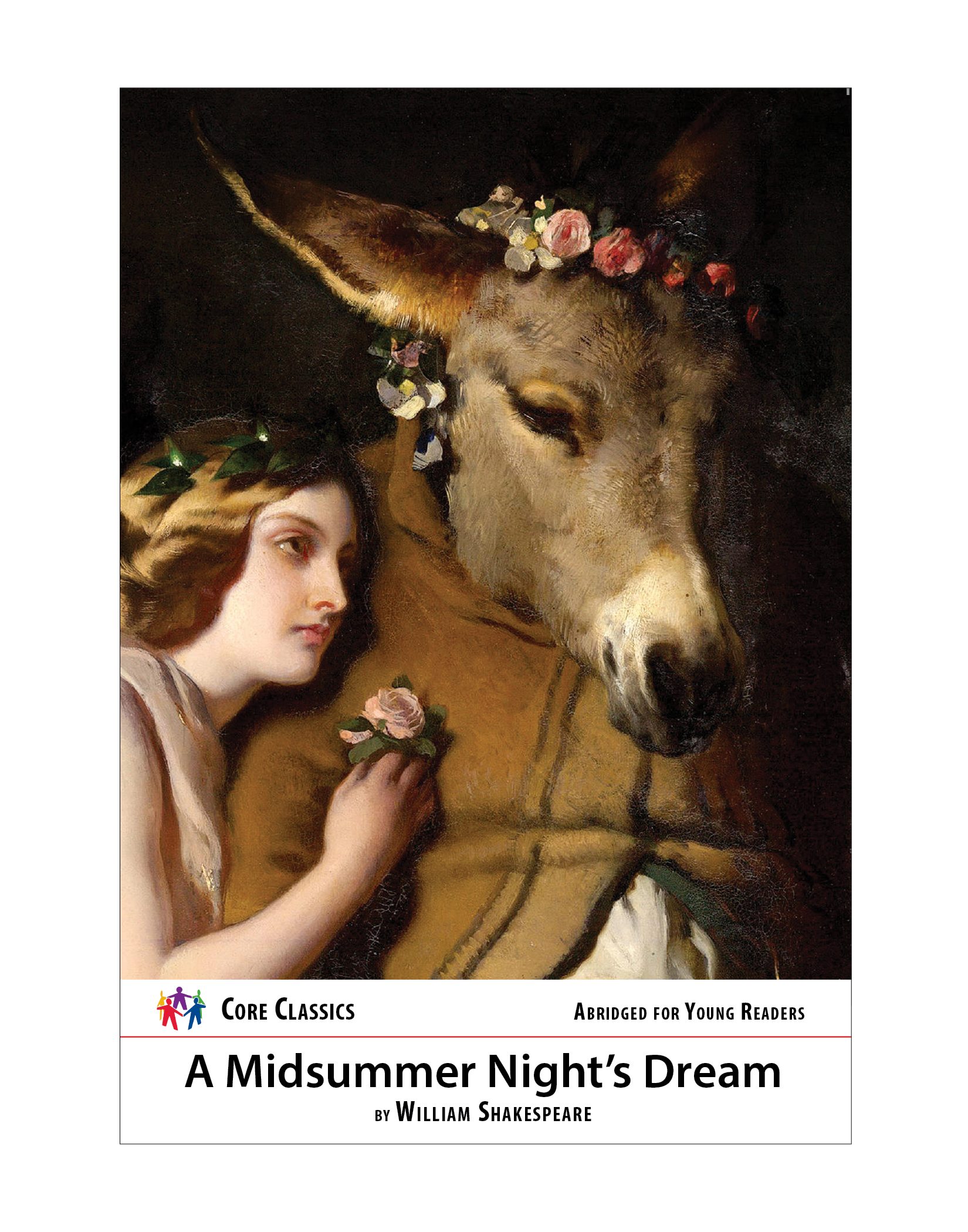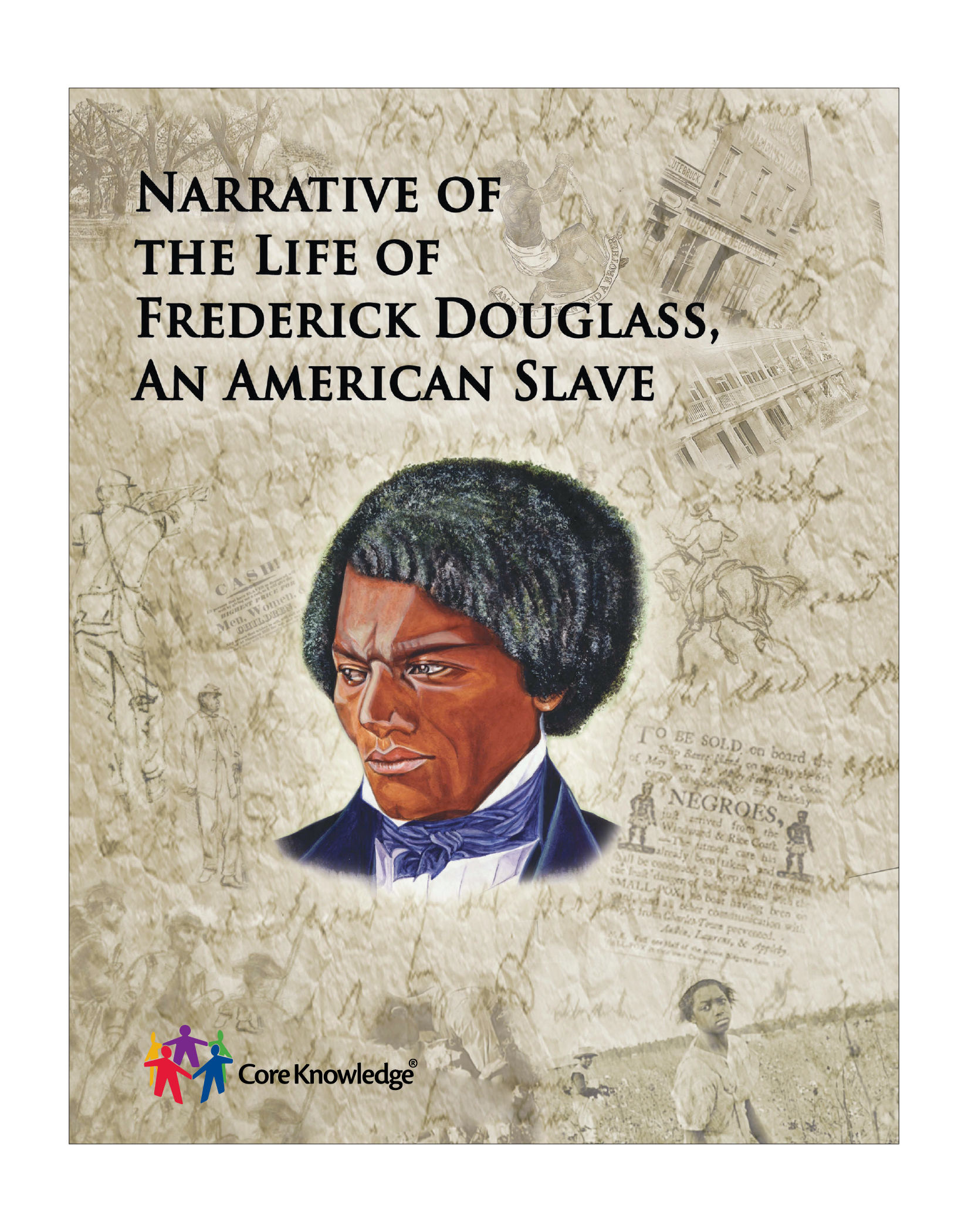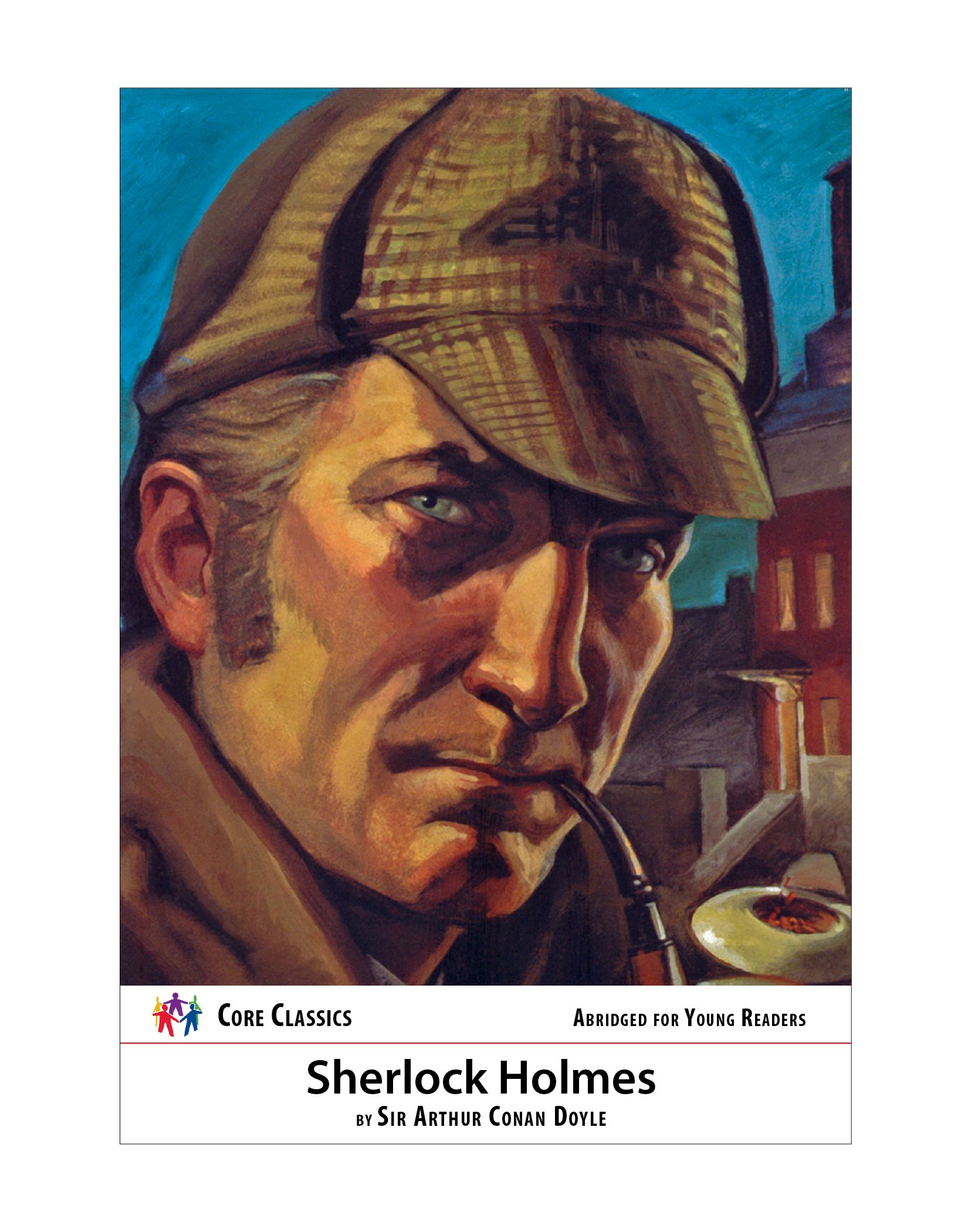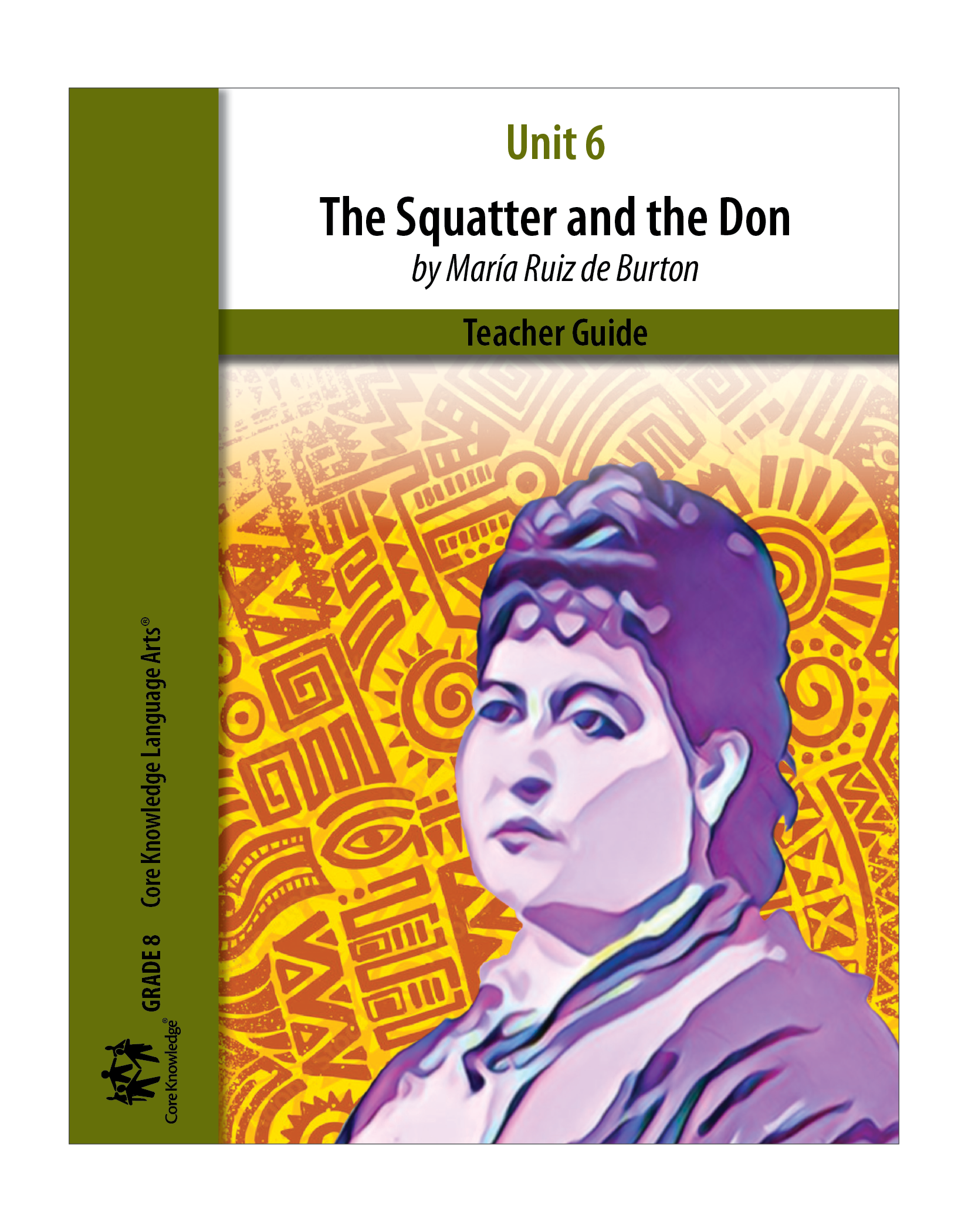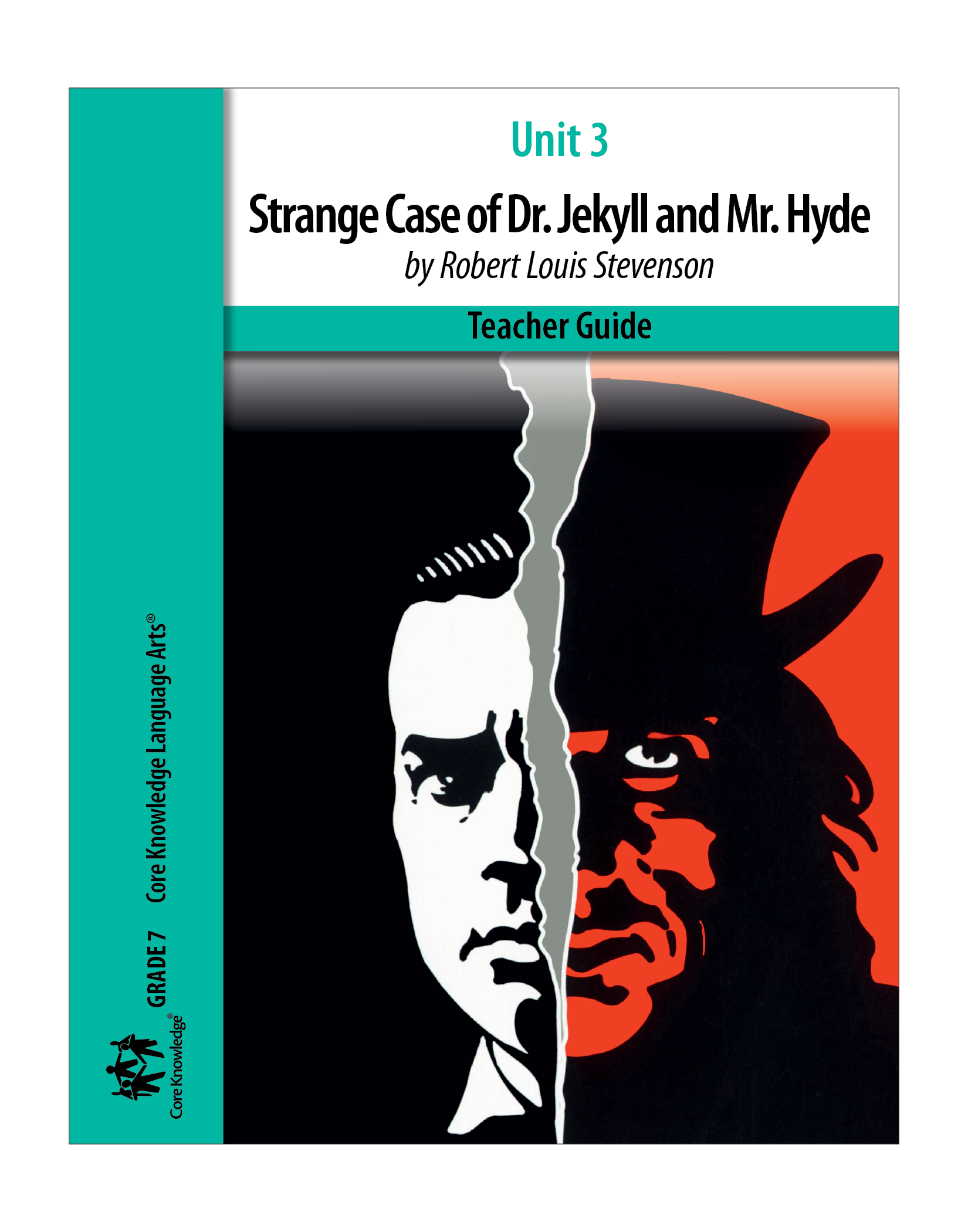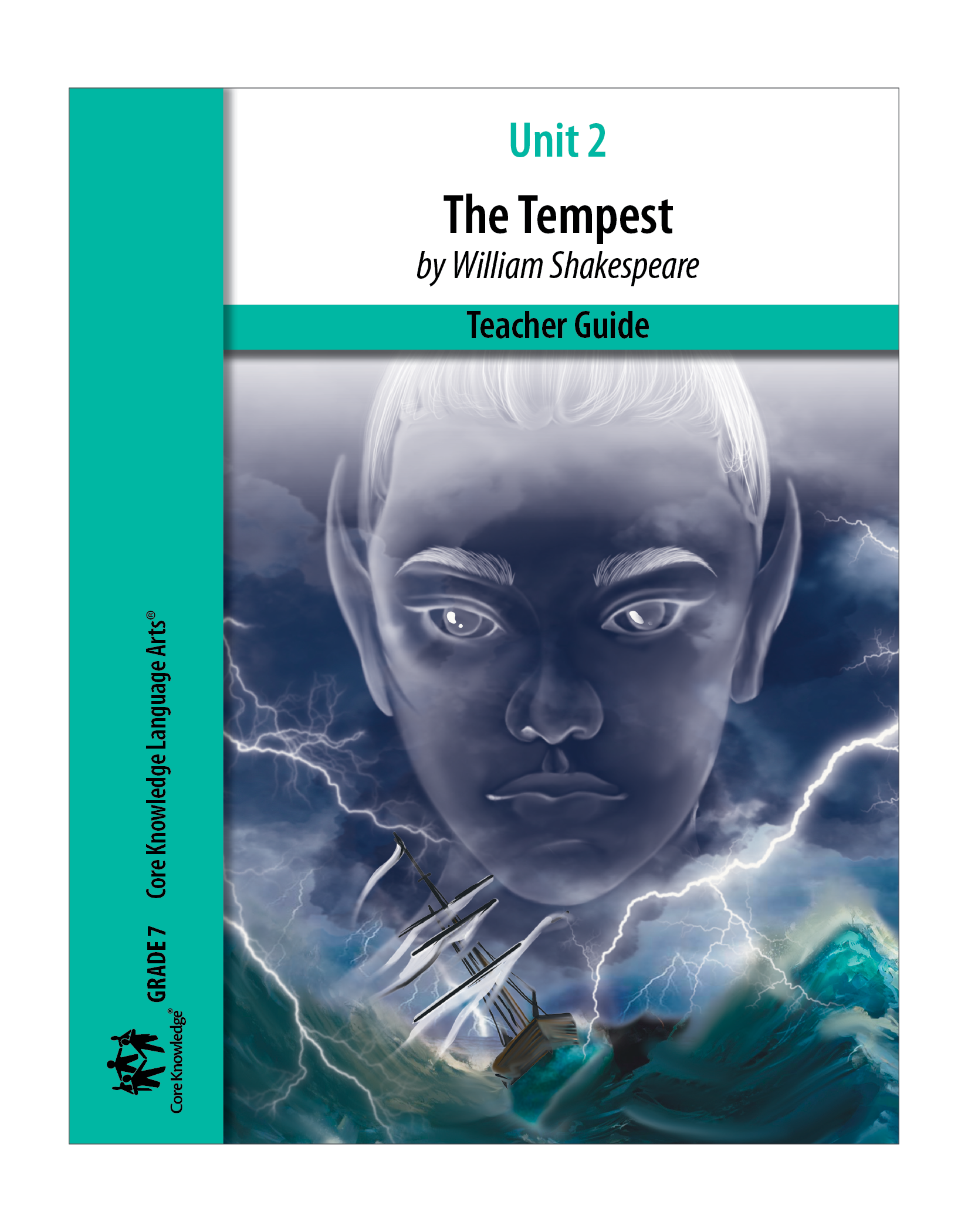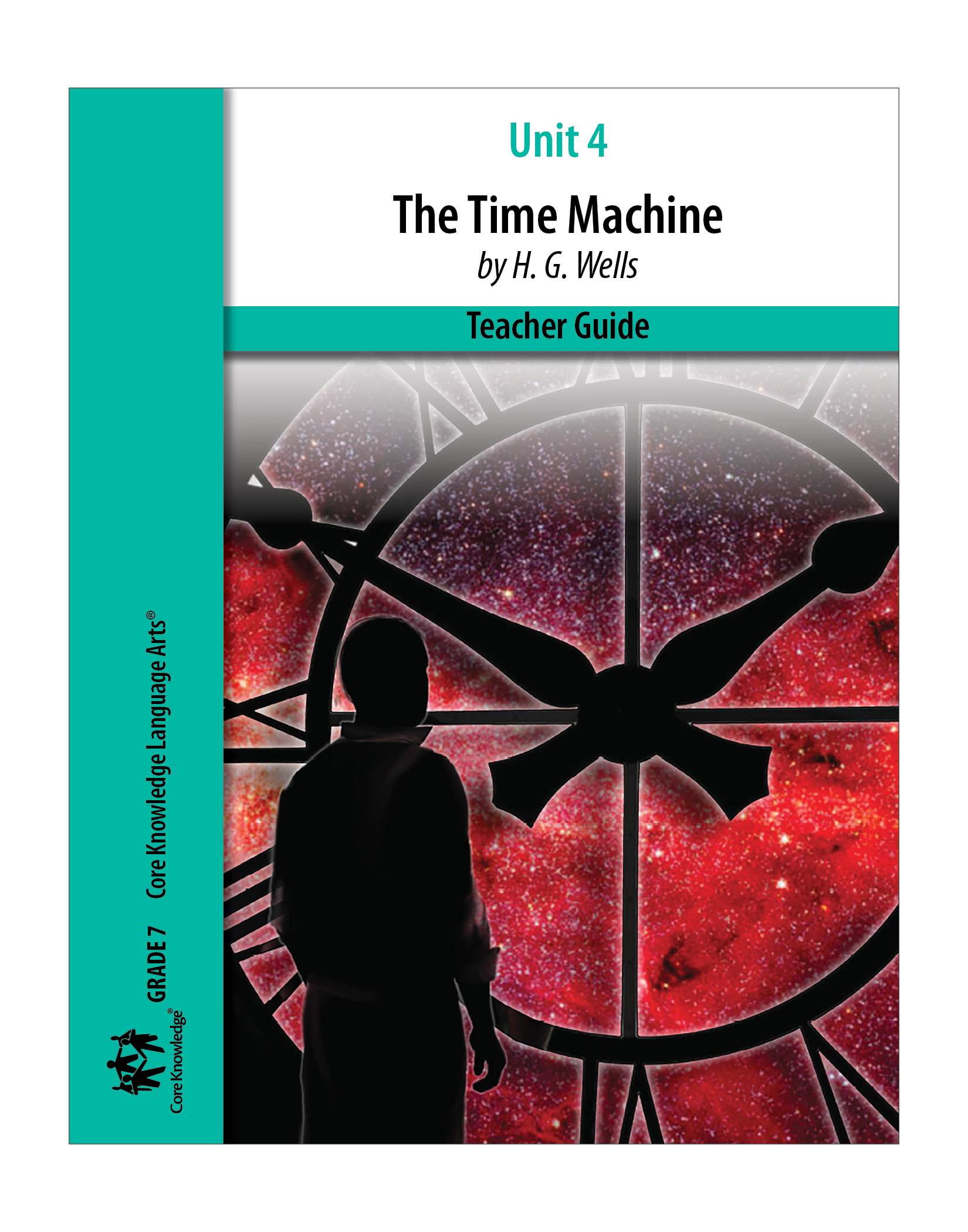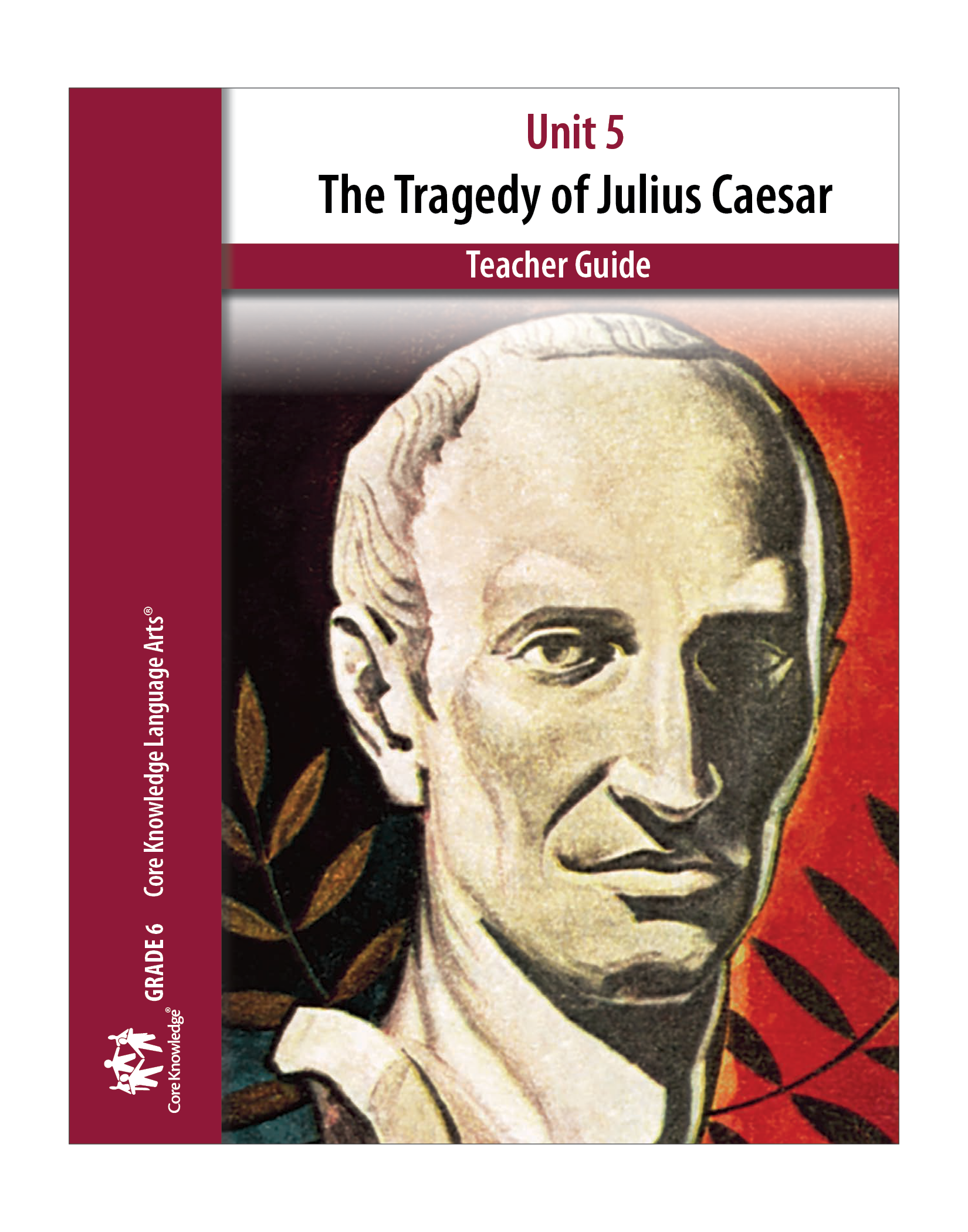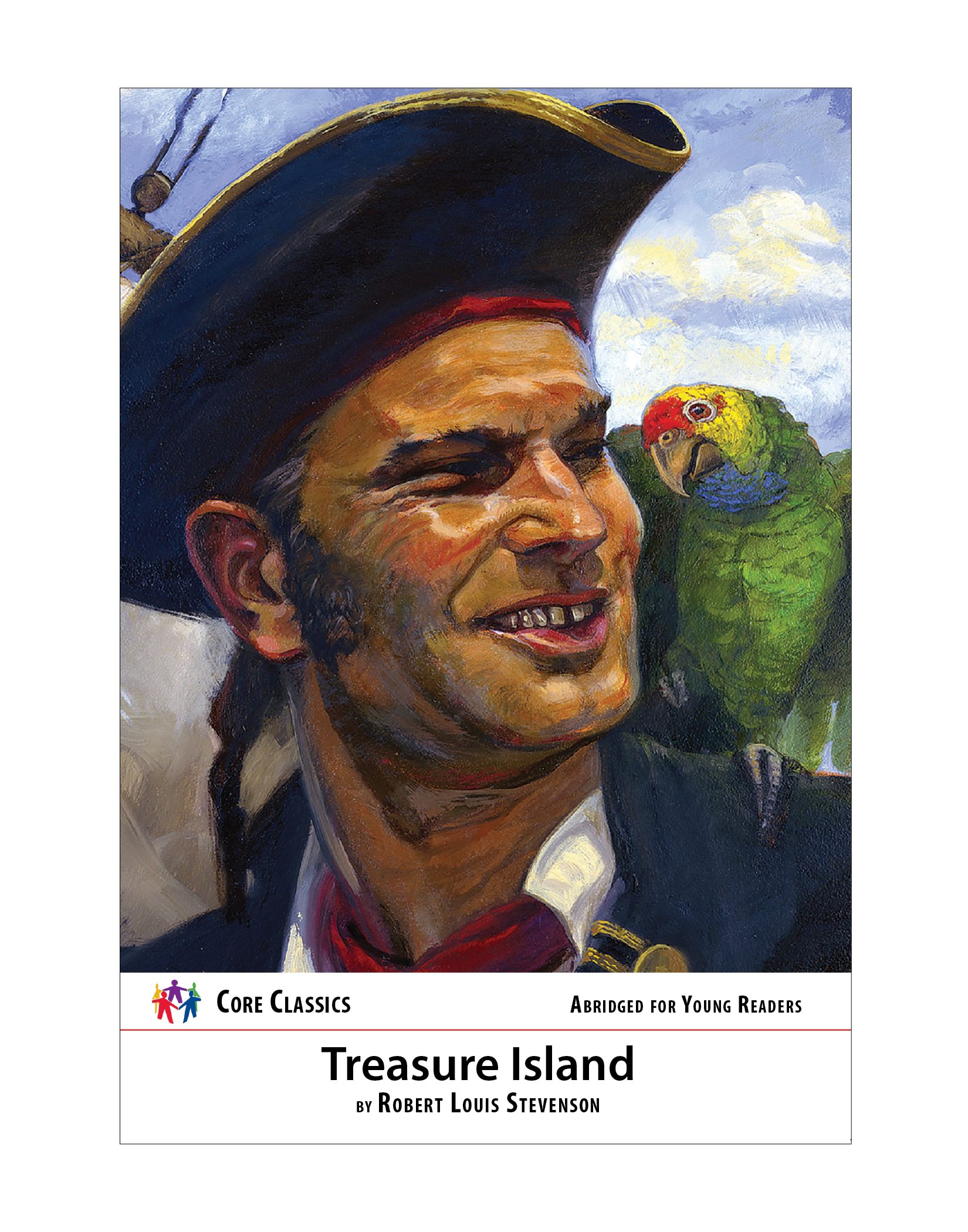
Core Classics® Teacher Guides
Teacher Guides are available to support classroom instruction for some of the titles in the Core Classics® series.
In our Core Classics® Series, we present stories loved for generations in abridged versions for young readers, faithful to the style, plot, and themes of the originals. The texts support and reinforce knowledge from the CKLA curriculum.
Core Classics are suitable for reading aloud in the upper elementary grades. For middle school students and older, the texts are appropriate for independent reading.
Click a title under Core Classics Teacher Guides to download the file.

